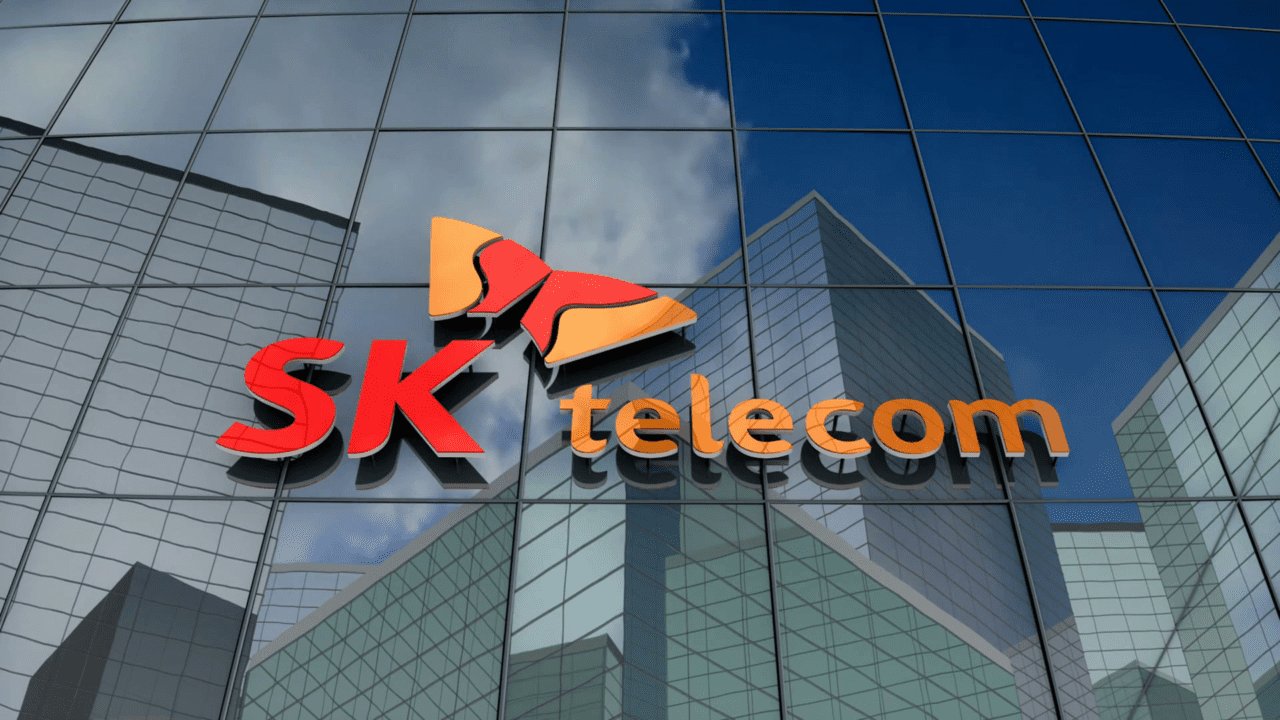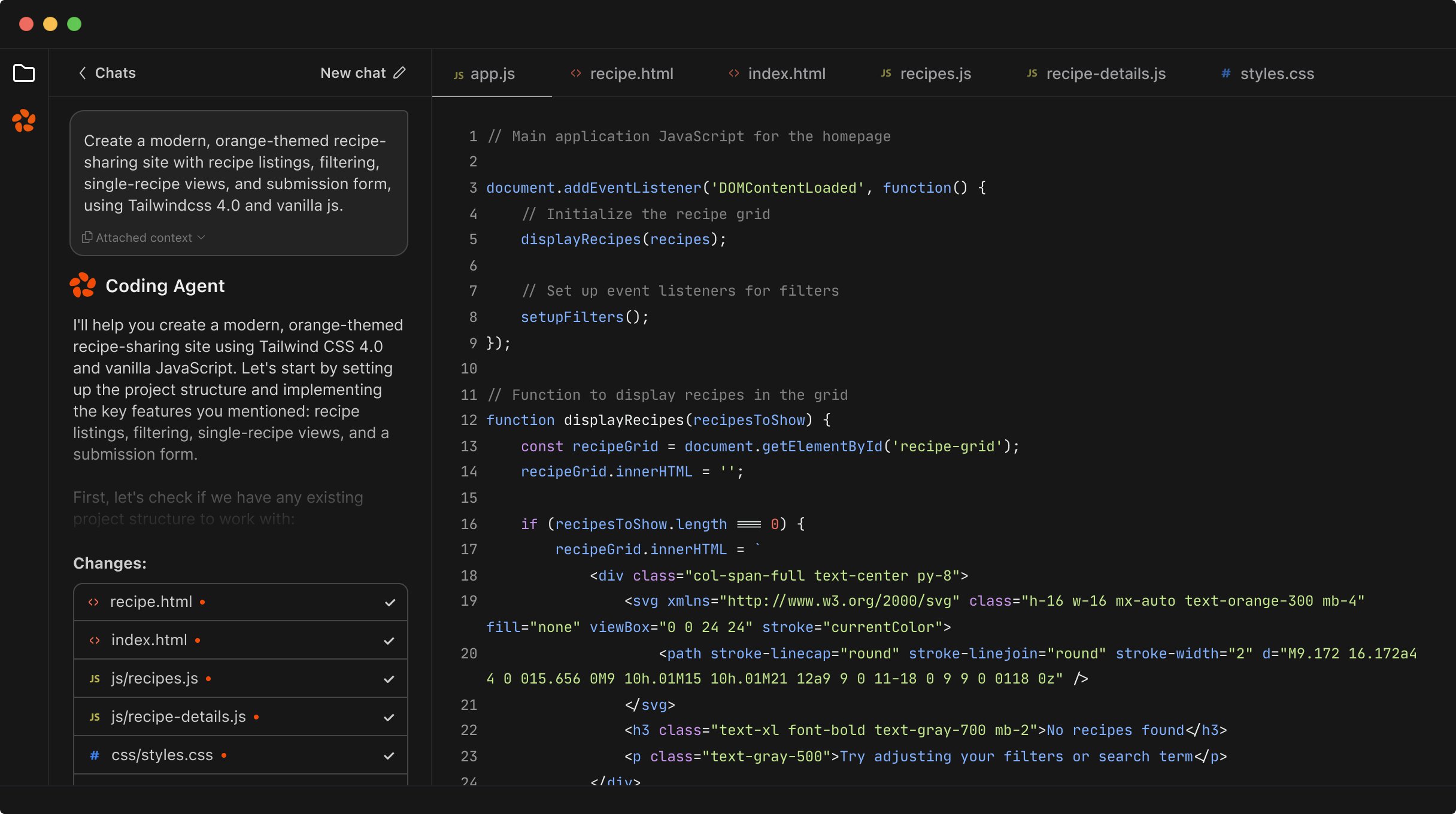The SK Telecom data breach of April 2025 is one of the largest security incidents in South Korea’s history. Affecting an estimated 23 million customers, this cyberattack exposed personal information for nearly half the country’s population. As details emerge, the case highlights major risks in telecommunications, global cybersecurity threats, and the scale of fallout when a national provider is compromised.
The breach has triggered rapid investigations, lawsuits, and mounting public scrutiny. With authorities and SK Telecom racing to contain damage, the event is already shaping future debates on data protection and network security not just in Korea, but also abroad.
Overview of the SK Telecom Data Breach
In April 2025, SK Telecom, South Korea’s largest telco, was hit by a massive cyberattack that led to the theft of personal information for 23 million users. This incident is significant because SKT serves almost half the country’s population, making the scope unprecedented in South Korea for a single corporate breach.
SKT’s core databases were targeted, and sensitive subscriber data was leaked. The breach came to light in April but has continued to unfold in public view, with government agencies, international cybersecurity companies, and law enforcement investigating. Customers, industry observers, and lawmakers have demanded accountability and better future protection.
The fallout from this event could impact not just SKT’s operations and finances, but also public trust in essential digital infrastructure across South Korea. The breach is already central to new conversations about telecommunications security and the vulnerability of large-scale operators.
Key Dates and Events in the Data Breach
- April 18, 2025: SKT detects unusual activity on its servers at 11:20 pm local time.
- April 19, 2025: The company identifies a data breach in the home subscriber server in Seoul.
- April 20: SKT officially reports the cyberattack to Korea’s cybersecurity agency.
- April 22: SKT confirms the breach on its website, noting impact on USIM data.
- April 28: Mass SIM card replacement program begins for affected users.
- April 30: Police open a criminal investigation.
- May 1: Reports link the breach to potential China-backed hackers via Ivanti VPN vulnerabilities.
- May 6: Investigators discover eight more malware types involved in the attack.
- May 7: SK Group chairman Tae-won Chey issues a public apology.
- May 8: Customer exodus and impact assessments continue.
Each date on this timeline represents a significant escalation in the response and public understanding of the SKT breach. Actions by law enforcement, regulatory announcements, and tech responses all built on the developments first noticed in April.
The rapid timeline shows just how quickly such breaches can ripple through the infrastructure, business operations, and even daily lives of millions.
The progression also highlights how modern cyberattacks demand coordination between company security teams, government agencies, and global cybersecurity experts to even begin to address the seriousness of the attack.
Scale and Types of Data Exposed
According to the Personal Information Protection Committee (PIPC), the breach involved 25 different types of personal data. The leaked information included mobile phone numbers, International Mobile Subscriber Identity (IMSI) numbers, USIM authentication keys, and additional technical details from the home subscriber database.
- Personal phone numbers
- IMSI numbers
- USIM authentication and security data
- Billing and usage records
- Other sensitive identifiers
The exposure of USIM authentication keys is particularly serious since it can enable SIM-swapping attacks. This puts customers at significant risk of identity theft, financial fraud, and illegal surveillance if criminals exploit the stolen data.
The scale – affecting nearly 23 million users – makes this one of South Korea’s most widespread breaches and highlights the dangers when a single point of failure exists in centralized subscriber management systems.
To date, officials state that no clear evidence has emerged of the data being openly sold or distributed on the dark web, but worry remains high among affected Koreans and security experts worldwide.
How the Cyberattack Was Detected
SKT first noticed signs of the breach late on the night of April 18, 2025. Their monitoring team observed abnormal server logs and signs that files had been deleted. The affected servers were responsible for billing monitoring, call durational tracking, and data usage management for SKT customers.
This early detection came from the company’s internal network and monitoring processes – underscoring the importance of real-time surveillance and anomaly detection for large ISPs and telecommunications operators. SKT also discovered unusual patterns of server access and deletion that couldn’t be explained by regular maintenance or system upgrades.
Once the breach was detected, SKT’s response was swift, involving efforts to isolate the impacted device and to initiate an in-depth review of their systems. This containment was necessary because the breach quickly linked back to critical infrastructure responsible for user authentication.
The immediate measures taken by the company stopped the attack from escalating further, but the damage to data had already been done, setting off the sequence of disclosures and official responses that followed later in April.
Role of Home Subscriber Server in the Incident
The home subscriber server (HSS) was the central point of attack during the SKT breach. This specialized database is essentially the heart of telecom operations, storing core information about each subscriber’s identity and session. The HSS is responsible for authenticating users, authorizing call/data sessions, registering locations, and supporting user mobility.
In the context of 4G and 5G networks, an HSS is a high-value target for hackers. Direct access enables attackers to pull deep subscriber data, including both technical identifiers and metadata about voice/data usage.
When SKT’s HSS was compromised, attackers were able to access not just general user account information but also specific modules, such as USIM keys and mobile device identifiers. These smaller fragments of data are useful for cloning, SIM-swapping, or advanced fraud.
That the breach hit the home subscriber server shows how essential it is to keep these central resources resilient, isolated, and under constant scrutiny from both technical and compliance standpoints.
Immediate Actions Taken by SKT
After recognizing the breach on April 19, SKT rapidly moved to isolate the affected server and launched a full investigation into their systems. The first official statements acknowledged the issue by April 22, emphasizing the company’s intent to minimize damage and support users.
Among immediate remediation steps, SKT began a “SIM card protection” program – including providing affected customers with free SIM card replacements. The company’s spokesperson confirmed efforts to develop additional layers of security for users, especially to allow those traveling abroad to continue to access services without disruption.
SKT coordinated closely with Korean cybersecurity authorities and brought in public-private investigation teams to determine the extent of the breach, recover deleted data, and harden their core infrastructure.
The telco also announced a dedicated communication channel to notify, assist, and reassure customers whose data had been compromised.
Despite the fast response, SKT faced a shortage in USIM cards due to the sheer scale of users affected, leading to delays in replacing every compromised SIM card. This backlog left some customers waiting longer for renewed protection.
Impact on Customers and SIM Protection Efforts
The breach impacted roughly 23 million SKT customers. For those affected, SKT offered free SIM replacements and announced a SIM protection service. By May 7, most users were enrolled in this service, except those overseas or temporarily suspended.
There is growing concern over the increased risk of SIM-swapping attacks; with critical SIM and USIM information exposed, attackers could potentially take over customer accounts or intercept secure communications. This threat has made SKT’s fraud detection system and new SIM protections especially critical in the aftermath.
As a preventative measure, SKT aimed to have a new SIM protection system in place for both domestic and international roamers by May 14. The provider emphasized that, as of now, there is no confirmed secondary misuse or illegal distribution of customer information.
However, emergency responses and the sheer volume of SIM changes put pressure on SKT’s logistics, as nationwide shortages of SIM cards slowed replacements.
User Responses: Switching Carriers and Cancellation Fees
The leak triggered an exodus of customers. SKT’s chief executive told the National Assembly that 250,000 users had already switched to other telecommunications providers as of May 8. This number could rise to as many as 2.5 million if SKT waives all cancellation fees for affected customers.
Facing strong criticism from both consumers and lawmakers, SKT is “assessing how to handle cancellation fees” for those wanting to terminate contracts early. Current projections estimate potential losses of up to 5 billion US dollars over three years if fees are eliminated.
The customer exodus reflects deep erosion of trust – especially given how essential telecom services are to modern life in Korea. Many customers feel justified in seeking alternatives given the exposure of their sensitive data without their consent.
High-profile data incidents like this amplify public pressure for stronger data security measures and clearer recourse for affected people. The mass cancellations are creating ripple effects across the telecommunications sector.
SKT’s response to cost, refunds, and customer rights will likely set a precedent for similar incidents in the region.
Ongoing Investigations and Government Response
Since the incident, South Korean authorities – including the Personal Information Protection Committee and the police – have been working closely with SKT to investigate how the attack happened and what data was compromised.
Police began their investigation immediately after the breach was discovered, while agencies such as KISA (Korea Internet and Security Agency) provided cybersecurity advice and issued orders to turn off and replace vulnerable equipment like Ivanti VPN systems.
The Personal Information Protection Committee confirmed and publicized the types of data affected by the breach, and SKT provided regular updates on new security steps, replacing SIMs, and ongoing efforts to plug vulnerabilities.
Authorities are pressing SKT for transparency, requiring “timely and accurate notifications” to all users. No results have been released yet regarding the ultimate source of the attack, but state officials are treating it as a potentially coordinated and sophisticated intrusion.
Involvement of Ivanti VPN Vulnerability
Investigations identified the use of Ivanti VPN equipment by SKT and other major Korean firms as a likely vector for the breach. Some forensic evidence pointed to vulnerabilities in Ivanti’s Connect Secure VPN products, which have been targeted by hackers globally.
Shortly after the incident, SKT received an emergency cybersecurity notice from KISA ordering them to decommission and replace any Ivanti VPN devices. This step was critical because earlier international advisories had warned of sophisticated exploits against Ivanti equipment by multiple hacking groups.
Media reports drew parallels between the SKT incident and similar attacks traced to vulnerabilities in VPN systems. These tools, essential for secure remote access, became high-value targets because they can offer hackers a bridge directly into protected internal networks when compromised.
Fixing these exposures became a top priority for SKT and other Korean critical infrastructure operators following the breach.
Suspected State-Backed Hackers and Global Threats
A cybersecurity company in Taiwan, TeamT5, and other analysts have linked the SKT breach to a state-backed group alleged to have connections to China. These organizations are believed to exploit weaknesses in Ivanti VPN systems worldwide, not just in South Korea.
At least 20 industries – including telecom, financial, automotive, and media – across 12 countries have reportedly been targeted by similar attacks. This points to a much broader campaign possibly orchestrated to gather intelligence or enable other cybercrimes, using telecom carriers as entry points.
Also Read
Square Enix Symbiogenesis Expands on Sony Soneium Blockchain
These attacks typically aim at both data theft and the potential disruption of secure communication, with law firms, research centers, and global corporations also on alert.
While there is no definitive attribution yet, the scale and coordination of these attacks underline the complexity of defending against modern, government-backed hacker teams.
The global response involves information sharing, emergency patches, and growing pressure on vendors to eliminate security holes in critical infrastructure equipment.
Discovery of Additional Malware
Public-private investigators found additional malware strains linked to the SKT breach. By May 6, eight new types of malware had been detected beyond the initial four seen in the first days after the hack was discovered.
Also Read
Last Chance to Exhibit at TechCrunch AI Sessions at Berkeley
Analysts are probing whether these new malware samples were installed on the same HSS server, or if they infected separate parts of SKT’s infrastructure.
The continued discovery of new malware shows the hackers’ sophistication, with different malicious tools likely used to maintain access, steal different types of data, or evade detection for longer periods.
This adaptive approach is common in large coordinated cyberattacks, suggesting attackers had advanced knowledge of telco operations and could shift techniques as defenders responded.
For SKT, cleaning systems and ensuring no further malicious code remains is now a long-term challenge – a process being overseen by both company staff and cybersecurity partners.
Also Read
Florida Encryption Backdoor Bill for Social Media Fails to Pass
Apologies and Official Statements from SKT Leadership
Tae-won Chey, chairman of SK Group, which controls SK Telecom, issued a public apology on May 7 – almost three weeks after the incident first came to light. The apology came at a time when public anger and government scrutiny were peaking.
In statements to the National Assembly and in official press releases, SKT leadership described the breach as the most severe security event in their history and pledged to do everything possible to minimize customer harm.
“SK Telecom considers this incident the most severe security breach in the company’s history and is putting forth our utmost effort to minimize any damage to our customers,” read one official statement.
SKT also committed to regular updates and direct customer communication while reinforcing that fraud detection and SIM protection systems were being upgraded. The company promised organizational changes and reviews of its internal processes to reduce the chance of similar incidents in the future.
Also Read
Apple’s New Chips Target Smart Glasses, Macs, and AI Hardware
The public apology and commitment to transparency are key for rebuilding trust, though many South Koreans remain skeptical and await further actions – not just words – from SKT.
Long-Term Risks for Customers
The data stolen in the breach – especially USIM keys and IMSI numbers – creates long-term risks for affected customers. These identifiers can be used for SIM-swapping, which could lead to identity theft, account takeovers, and privacy violations.
Even with immediate SIM replacements, the possibility that hackers retain copies of core identifiers or authentication data means customers may face attempted fraud or targeted attacks for months, or even years, to come.
Risks also include unauthorized tracking and government surveillance if criminals exploit telecom metadata. This vulnerability is particularly concerning in South Korea, where mobile connectivity is tightly integrated with daily life and financial services.
Also Read
Widespread Timeline Issues Hit X as Users Report Outages
Regulatory agencies urge users to monitor account activity, enable multi-factor authentication where possible, and remain alert for notifications of suspicious activity.
For SKT, ensuring robust, continuing monitoring is now part of their ongoing response obligation to customers.
Industry-Wide Implications in South Korea and Beyond
The SKT breach is setting new precedents for how telecom companies, governments, and cybersecurity professionals respond to large-scale attacks. The vulnerabilities exposed within core network equipment and centralized customer databases are a wake-up call for the industry.
Korean authorities are reviewing national data protection laws and cybersecurity protocols in response. There are growing calls for mandatory security audits of all large-scale telecom providers, including regular penetration testing and stricter controls on third-party equipment (especially foreign-made VPNs).
Also Read
Zen Agents by Zencoder: Team-Based AI Tools Transform Software Development
Globally, the attack is prompting other telecoms to check their own infrastructure – especially concerning any Ivanti Connect Secure VPN equipment or similar weak points. The event also demonstrates why cross-border collaboration and timely disclosure are crucial as cyberattacks grow in scope and sophistication.
The breach has become a rallying point for consumer privacy advocates and policymakers demanding stronger rules for how companies collect, store, and protect personal data.
The ultimate lessons from the SKT case are still being written, but it’s already influencing industry standards from Seoul to Silicon Valley.








